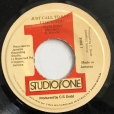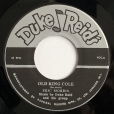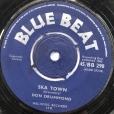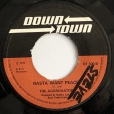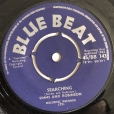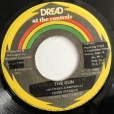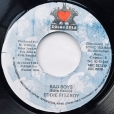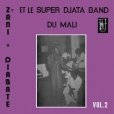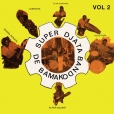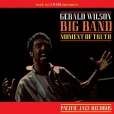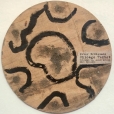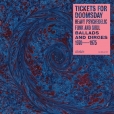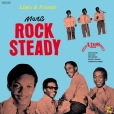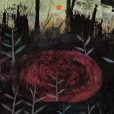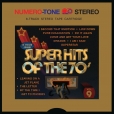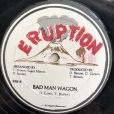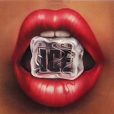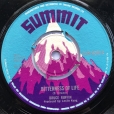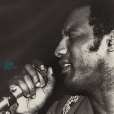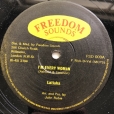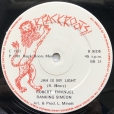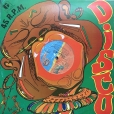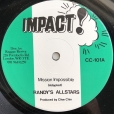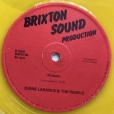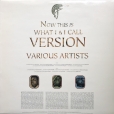Your basket is empty

‘Wasulu hunter music, griot praise-song, Senufo pastoral dances, Fula and Mandingo music, hypnotically mixed in with Western psychedelia, blues, and afro-beat; led by Zani Diabaté’s stunning guitar-playing. Recorded at Radio Mali in 1982.’
Links was an artists’ cooperative, formed in 1968 by The Gaylads, Ken Boothe, The Melodians, and Delroy Wilson, fed up with getting ripped off by Studio One and co. They did everything themselves — hiring Dynamic / Wirl studios, printing up labels, organising the pressings, and distributing in person to Kingston record shops — in the teeth of peeved obstructiveness from other labels, producers, and radio stations. Many of their 45s were blanks, hand-stamped with BB Seaton’s home address: ‘Links Records, 39 Wildman Street, Phone 24954’.
The backing band was probably Lynn Taitt & The Jets to start, giving way to the Conscious Minds (with Joe White and Ken Boothe on keys), whose instrumental Something New is one of the highlights here, featuring killer guitar and trombone by Harris Seaton and Derrick Hinds.
Links was short-lived; ironically unable to cope with the success of a Melodians’ hit entitled It Comes & Goes.
It’s a fascinating story, and this is top-notch rock steady; the first compilation of the dozen or so Links releases. Scorchers by Conscious Minds, The Melodians, Randall Thaxter, and Ken Boothe — doing his best Otis Redding — steal the show.
Brecht Ameel playing prepared harmonium and celesta, alongside Kim Delcour modulating air and breath via various wind and reed instruments; joined by Will Guthrie on tuned and melodic percussion (timpani, glockenspiel, marimba, vibraphone), and Paul Garriau on hurdy-gurdy.
‘With a distinct rhythmic impetus and fluidity new to Razen, and characteristic freshness and playfulness, Regression relays between dire inhospitableness and refuge, abject sorrow and cosmic transcendence. It invokes mythology and superstition as keys to the primeval and the unknown.’
Deeply dug up, Numero-approved folk and rock covers of songs impossible to delete from the collective unconscious of Pop (however hard you hit the button).
Done-over Boz Scaggs, War, Redbone, Steely Dan, Fleetwood Mac, Neil Diamond, John Denver,Glen Cambell, Smokey Robinson, The Carpenters, Joe Cocker, and something ostensibly from Willy Wonka.
